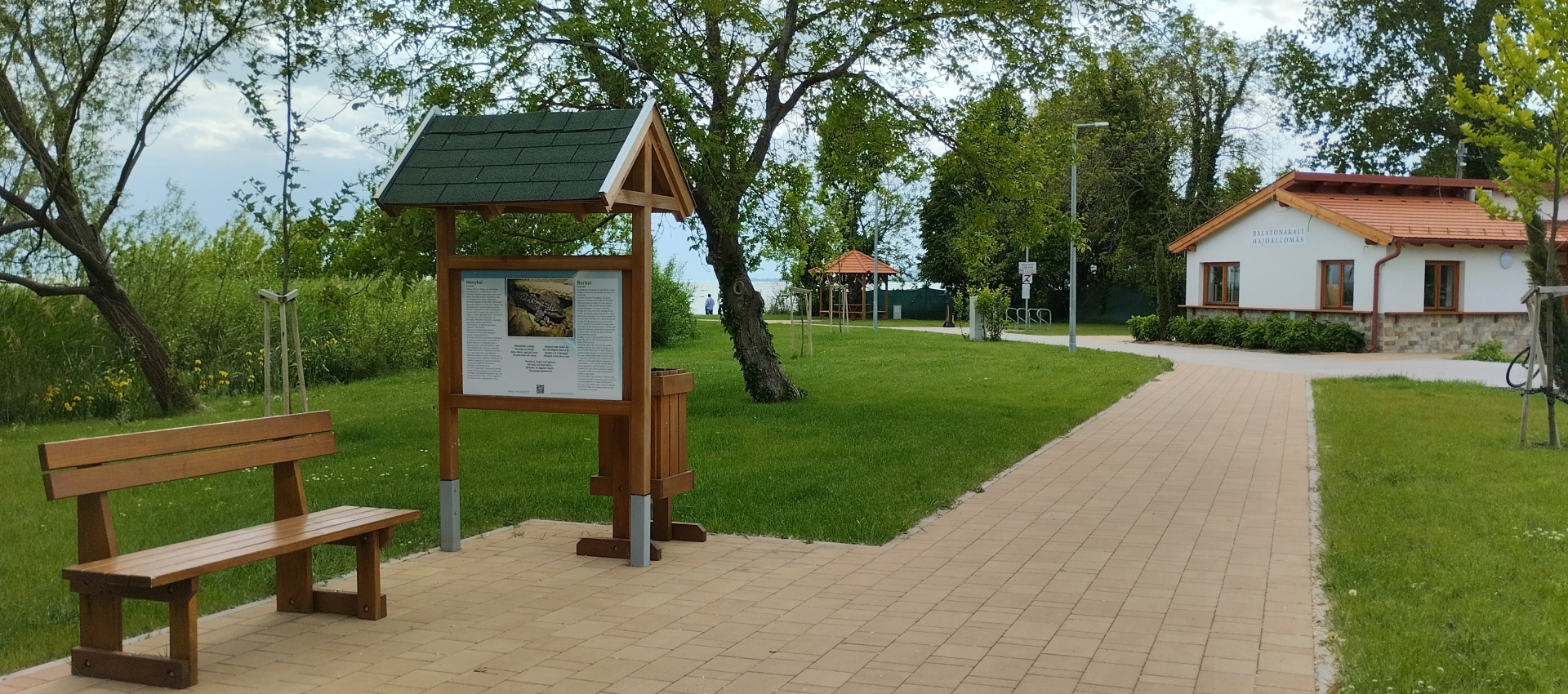
Kereső
Bezár
MENÜ
- Balatonakali
- Turizmus
- Önkormányzat
- Intézmények
-
Civil szervezetek
- "Balatonakaliért" Támogatási Közalapítvány
- Balatonakali Üdülőtulajdonosok Egyesülete
- Balatonakali Erdélyi Kör Egyesület
- Balatonakali Sportegyesület
- Balatonakali és Vidéke Sporthorgász Egyesület
- "Levendula" Nyugdíjasklub
- Balatonakali Történelmi Szőlőhegyek Borút Egyesület
- Balatonakali Polgárőr Egyesület
- Balatonakali Gyermekekért Alapítvány
- Multimédia
- Programok
- Közérdekű információ
- Kapcsolat
Kereső
Balatonakali
menü






Értékséta Akaliban
Az értékséta nem található!

